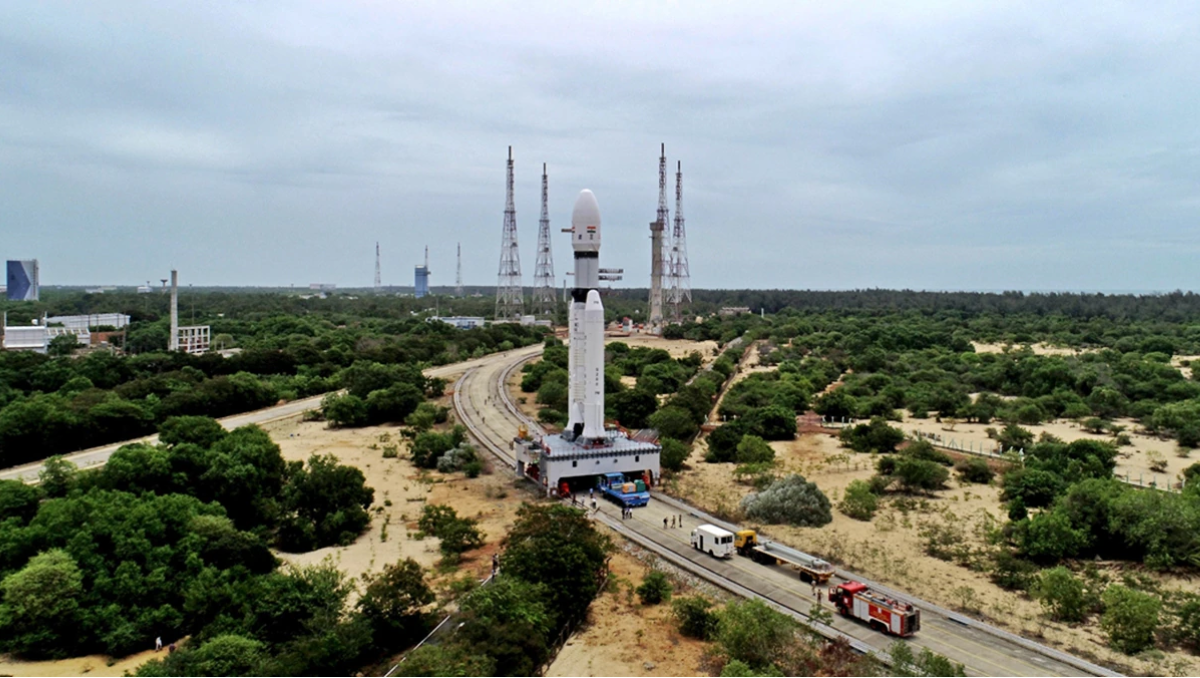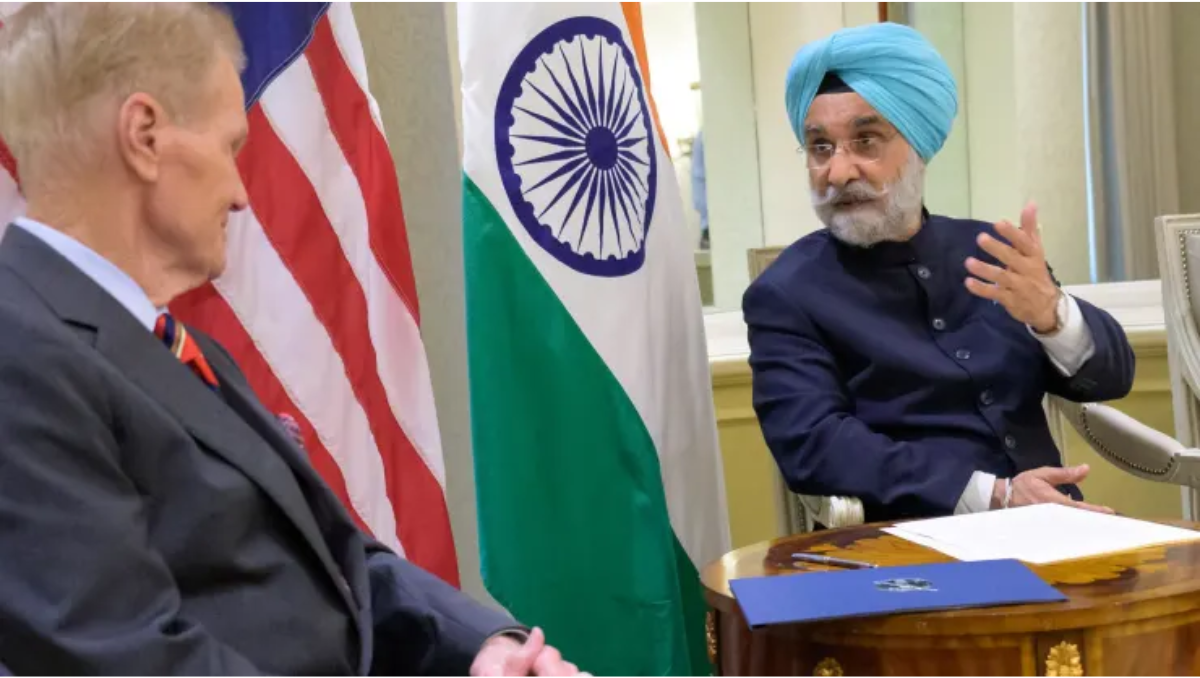Following Chandrayaan-3’s successful landing, Indian stock markets have received a considerable boost, with experts speculating how both the short and long-term benefits will impact the Indian space economy on Wednesday.
Table of Contents
Stock markets respond to Chandrayaan’s success
According to India Today, benchmark indicators of rising optimism and interest regarding Indian forays in space exploration in Sensex and Nifty saw considerable upticks on Thursday morning, opening at a total of 65,730.71 and 19,537.65 respectively. Despite Dalal Street struggling with volatility (i.e. how much and how quickly prices move over a given span of time, with higher volatility indicating uncertainty from speculators) in recent weeks, the achievements of the moon mission has encouraged positive sentiment in the markets, evident in the $2.5 billion rise in the market value of 13 companies, all linked to the development of the moon mission at various stages.
Zen Technologies, PTC, Genus Power Infrastructures, PG Electroplast, Apollo Micro Systems, MIC Electronics, Larsen & Toubro (L&T), Mishra Dhatu Nigam, Bharat Heavy Electricals Ltd (BHEL), Hindustan Aeronautics, Walchandnagar Industries, and MTAR Technologies have garnered attention of market investors as the world anticipated a successful landing. Santosh Meena, Head of Research at Swastika Investmart Ltd. was determined in ISRO’s accomplishment being a catalyst for “positive atmosphere for these firms”, predicting an “upsurge in their stock values.”
However, analysts advise against buying stocks right after the event, as long-term predictions remain optimistic, requiring a measured, patient and strategic approach towards making an entry in the market. In an Economic Times article, Chakri Lokapriya of TCG AMC believes that the relatively low price of the shares offered by the Indian side of the industry could appear attractive to international players such as SpaceX. Meena has chosen HAL, L&T and MTAR as his “preferred bets”.
| Paras Defence and Space Tech | Navigation system |
| MTAR Technologies | Vikas engines, cryogenic engine subsystems |
| HAL | Mechanical hardware |
| Mishra Dhatu Nigam | Cobalt, Nickel base alloys, Titanium alloys, special steels |
| BHEL | Titanium tanks and batteries |
| L&T | Crucial components, manufacturing, testing of booster segments, integration of launch vehicle |
| Bharat Electronics | Manufacturing of payloads |
| Centum Electronics | Design, development and manufacturing of electronic systems |
Rocketing financial ambitions
Prior to the mission’s launch, the objectives in view weren’t only limited to becoming the first nation to achieve soft landing on the south polar region of the moon and the fourth to achieve a landing at all, but were concerned with financial growth as well. The government has been eager to present the Indian private space sector as a goldmine for foreign investments, along with being seen as a prospect for global partners to use India as a cost-efficient and reliable platform for launching satellites and other missions.

Mukesh Kochar, National Head – Wealth Management at AUM Capital heralded ISRO’s efforts as “one of the biggest milestones for India”. He emphasised how, at the moment, India’s contribution to the global space economy is a mere 2-3%, but expects that number to inflate to around 8-10% in the next 10 years, providing sectors like aerospace and defence an injection of funds and opportunities.
The moon landing is separated from India joining the Artemis Accords by around two months, when PM Narendra Modi made a visit to the U.S to align India with the international set of principles around sustainable global cooperation in the final frontier.
Mike Gold, the man largely behind the creation of the accords three years ago, was confident about India’s future, as reported by CNBC. “India will not only fill the void that Russia is leaving, but will far exceed it,”, he said, commenting on Russia losing influence in the final frontier. Gold praised India’s capabilities “to engage, to innovate, to support commercial space”, confident in India “outstripping anything that Russia had ever been able to do.”

Dark side of the moon (mission)
Despite bullish talks about increasing prosperity in the Indian space sector, some wrinkles still remain. A July IANS report revealed that the engineers responsible for the construction of Chandrayaan-3’s launchpad have been unpaid for the past 17 months. In May, Frontline reported that around 2700 workers and 450 executives of HEC (Heavy Engineering Corporation, a public sector undertaking) haven’t received their salaries for the past 14 months.
Apparently, according to IANS, HEC has previously asked the Ministry of Heavy Industries to provide a working capital of 1000 crore INR in order to meet it’s orders, but were denied any help from the ministry, the explanation being that “the Centre cannot extend any help”. If India were to shine on the global dais, it must take its blue collar workers with them and raise them on its shoulders.













